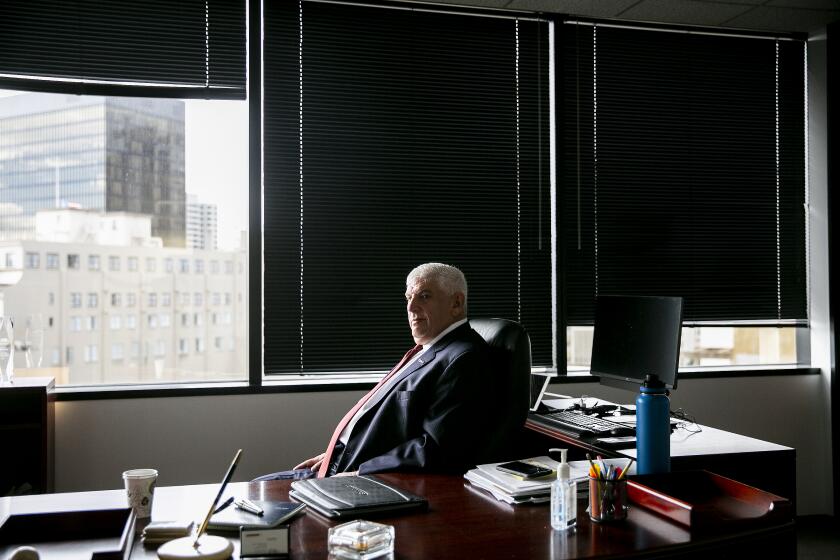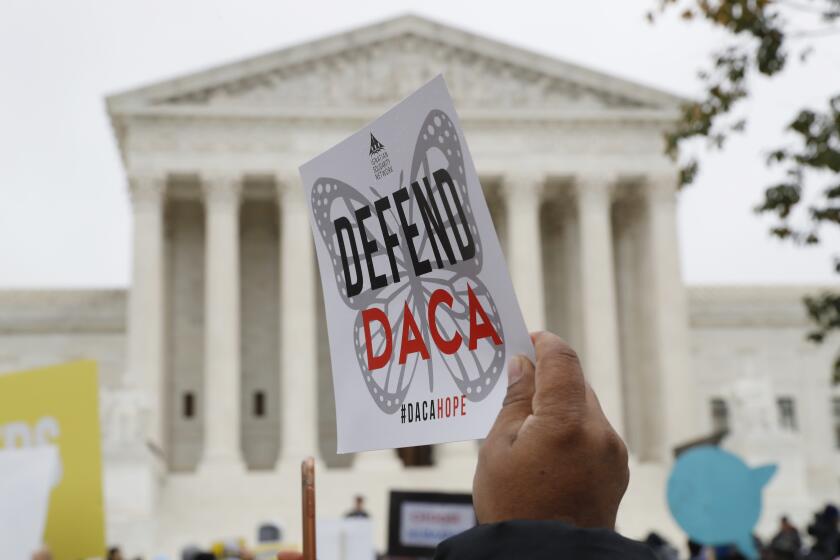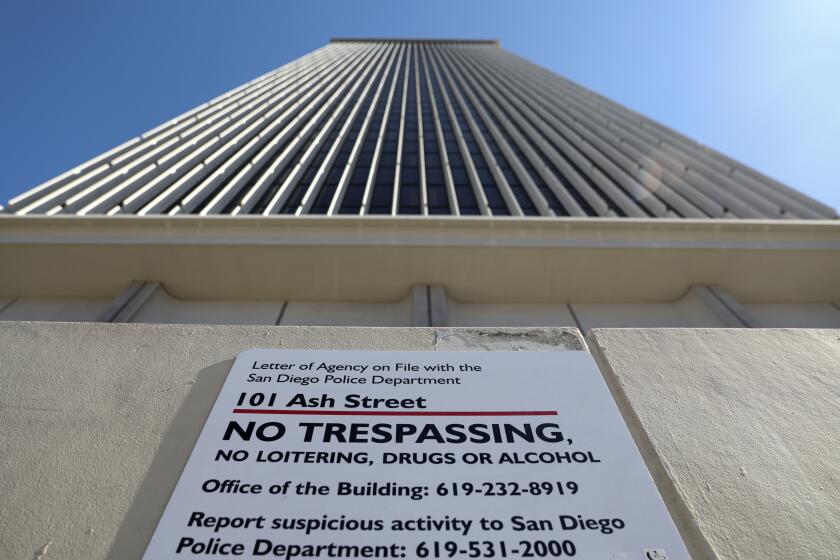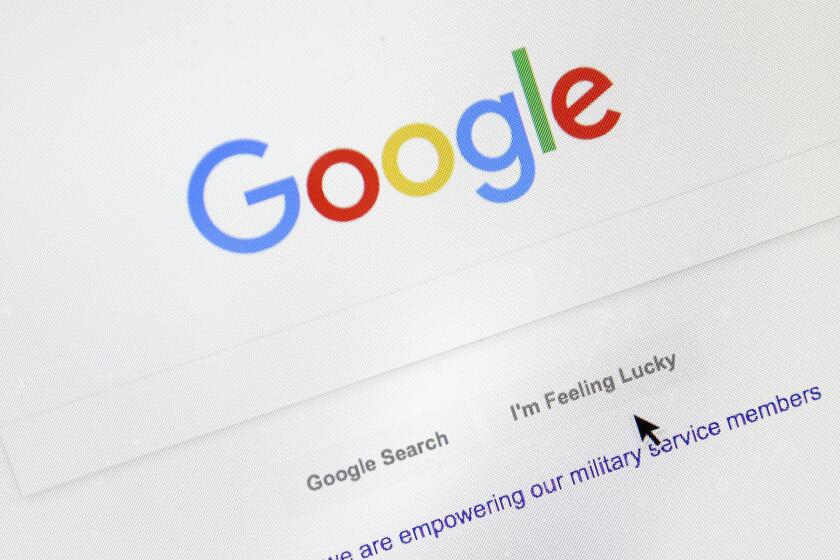Beyond time for later school day start for our students
It takes a lot to change a status quo that’s been accepted with few questions for generations, especially one that affects tens of thousands of California teachers, millions of public school students and so many parents.
But it’s time to revisit the tradition of starting school days as early as Americans do — often before 8 a.m. Evidence is piling up that the sleep deprivation resulting from adolescents’ early start times takes a mental, physical and emotional toll, and a new bill by state Sen. Anthony Portantino, D-La Cañada Flintridge, amounts to a wake-up call about wake-up calls.
Portantino’s SB 328 would ban public middle and high schools in California from starting class before 8:30 a.m. Introducing it, he cited a 2014 American Academy of Pediatrics study that reported that on school nights, 87 percent of high school students and 59 percent of middle school students slept less than the 8.5 to 9.5 hours recommended by health experts, with the primary reason early school starts that conflict with the students’ circadian rhythms — their bodies’ 24-hour physiological cycle.
“The research is clear that adolescents who get enough sleep have a reduced risk of being overweight or suffering depression, are less likely to be involved in automobile accidents, and have better grades, higher standardized test scores and an overall better quality of life,” academy member Judith Owens wrote. “Studies have shown that delaying early school start times is one key factor that can help adolescents get the sleep they need to grow and learn.”
Research by Santa Clara University economist Teny Maghakian Shapiro found that a one-hour delay in school starts produces gains equivalent to those seen when replacing an average teacher with one in the 84th percentile of effectiveness. Specific examples of how students are helped by later school starts are easy to find. At Nauset Regional High School in Eastham, Massachusetts, for instance, D and F grades plunged by half after the start of school was changed from 7:35 a.m. to 8:35 a.m.
Rep. Zoe Lofgren, D-San Jose, has sought to draw attention to sleep deprivation among students since 1998. The National Sleep Foundation supported Lofgren’s initial legislation, the Zzz’s to A’s Act, by citing the findings of Dr. William C. Dement, who founded the first U.S. sleep clinic at Stanford University in 1972: “Students in our nation’s schools are walking zombies trying to cope with the stresses of school, work and social activities that may literally be putting their lives in peril.”
Now the seriousness of this problem may finally be sinking in. About 1,000 schools in 70 districts have switched to later starts in recent years, with public high schools in Seattle the highest-profile example. This trend must continue.
Yes, later start times may inconvenience parents, frustrate employers and cause headaches for scheduling of school buses and before- and after-school activities. But moving all public school start times at once would make it easier to schedule interscholastic sporting contests. Resulting reductions in absenteeism could mean more school revenue because state funding for schools is tied to attendance. And these days, technology gives workers greater flexibility than ever, so any adjustments outside campus would be easier. It’s clear delaying the start of the school day would help adolescents lead healthier, more productive lives in class and beyond. The facts are plain. It’s time to act.
Twitter: @sdutIdeas
Facebook: UTOpinion
Get Essential San Diego, weekday mornings
Get top headlines from the Union-Tribune in your inbox weekday mornings, including top news, local, sports, business, entertainment and opinion.
You may occasionally receive promotional content from the San Diego Union-Tribune.







